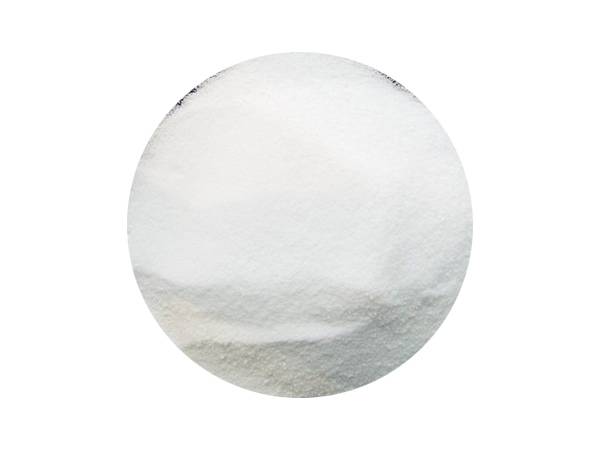



water treatment polymer
Water Treatment Polymers Enhancing Purification Processes
Water is an essential resource for life, and its quality is paramount for health, agriculture, and industry. However, the increasing pollution of water sources due to industrial activities, agricultural runoff, and urban waste has necessitated advanced methods of water treatment. Among these methods, the use of polymers has emerged as a significant development, offering efficient solutions to various water purification challenges.
Water treatment polymers are synthetic or natural compounds that modify the properties of water or waterborne contaminants, facilitating their removal during purification processes. These polymers can be broadly categorized into several types, including flocculants, coagulants, and dispersants. Each type plays a vital role in improving the efficiency of water treatment systems.
Flocculants and Coagulants
Flocculants and coagulants are key polymers used in water treatment. Coagulants work by destabilizing particles suspended in water, allowing them to aggregate and form larger particles known as flocs. Common coagulants include aluminum sulfate and ferric chloride. Once coagulated, these particles can then be removed more easily through sedimentation or filtration.
Flocculants, on the other hand, help bind these larger particles together, enhancing the precipitation process. This is particularly important in the treatment of water containing colloidal substances that resist settling. By improving the floc formation process, flocculants increase the efficiency of solids removal from water, leading to clearer and cleaner effluent.
Dispersants
While flocculants and coagulants are vital for removing solids, dispersants play a different role. These polymers help keep particles suspended in water, preventing them from aggregating when they should remain separated. Dispersants are crucial in applications where control over particle size and distribution is essential, such as in industrial waste treatment, where they help maintain the flow of slurries and prevent clogging in pipes and filters.
water treatment polymer

Biodegradable Polymers
The push for sustainability and environmental responsibility in recent years has led to the development of biodegradable water treatment polymers. These eco-friendly alternatives break down naturally over time, reducing the environmental impact associated with synthetic polymers. Biodegradable flocculants can effectively treat water without leaving harmful residues, aligning with global efforts to protect ecosystems and minimize pollution.
Advantages of Using Polymers in Water Treatment
The integration of polymers in water treatment processes offers several advantages. Firstly, they enhance the efficiency of contaminant removal, allowing for the treatment of larger volumes of water with lower energy and chemical inputs. This not only reduces operational costs but also diminishes the environmental footprint of water treatment plants.
Secondly, polymers can be tailored to specific contaminants, enabling more targeted treatment strategies. By selecting the appropriate polymer, water treatment facilities can optimize their processes to address specific challenges, such as heavy metals, organic pollutants, or pathogens.
Lastly, the use of polymers can significantly improve water quality. The treated water often meets or exceeds regulatory standards, making it safe for various uses, including drinking, agricultural irrigation, and industrial applications.
Conclusion
Water treatment polymers are indispensable tools in the quest for clean and safe water. Their ability to enhance efficiency, reduce costs, and improve water quality makes them a vital component of modern water treatment systems. As technologies and materials continue to evolve, the future of water treatment may rely increasingly on innovative polymer applications, paving the way for more sustainable and effective solutions to global water challenges. In a world where clean water is a growing concern, the role of polymers in water treatment cannot be overstated.
-
Why Sodium Persulfate Is Everywhere NowNewsJul.07,2025
-
Why Polyacrylamide Is in High DemandNewsJul.07,2025
-
Understanding Paint Chemicals and Their ApplicationsNewsJul.07,2025
-
Smart Use Of Mining ChemicalsNewsJul.07,2025
-
Practical Uses of Potassium MonopersulfateNewsJul.07,2025
-
Agrochemicals In Real FarmingNewsJul.07,2025
-
Sodium Chlorite Hot UsesNewsJul.01,2025










